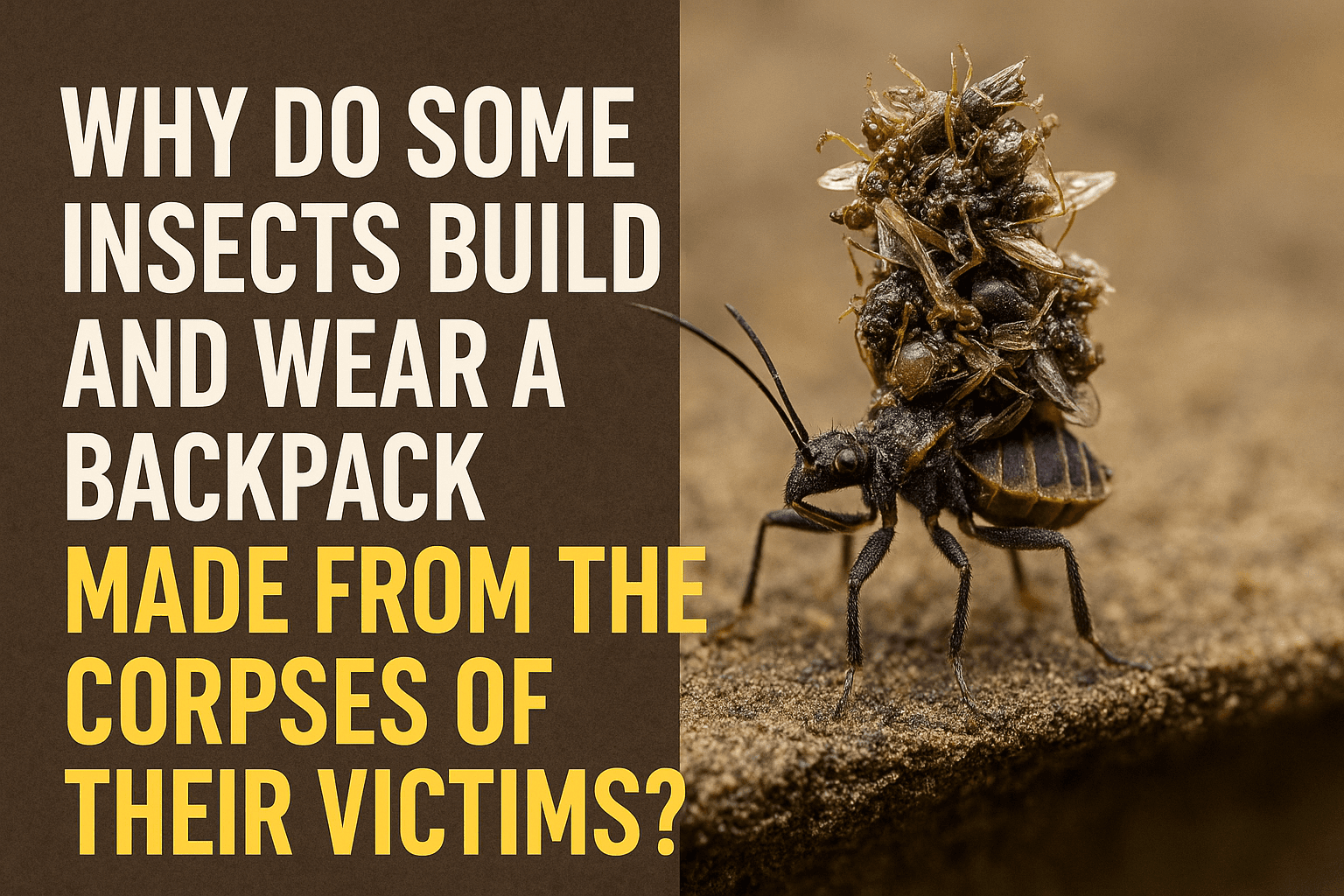Why do chickens bob their heads when they walk
It’s not a quirky dance but a biological superpower; discover the incredible visual trick that keeps their world perfectly still while they walk.


Too Long; Didn't Read
TLDR: Chickens' eyes are fixed in their sockets. To keep their vision from blurring while they walk, they hold their heads still in space to get a stable image, and then their bodies catch up. This thrust-and-hold motion looks like a bob.
Decoding the Head Bob: The Scientific Reason Why Chickens Bob Their Heads When They Walk
Have you ever stopped to watch a chicken strut across a yard? If so, you’ve undoubtedly noticed its peculiar, almost rhythmic, head-bobbing motion. It’s a comical and defining characteristic, but it's far from a random quirk. This seemingly simple action is actually a sophisticated biological adaptation essential for the chicken's survival. It’s not about keeping balance or grooving to an internal beat; it’s a brilliant solution to a fundamental challenge in avian vision. This post will explore the fascinating science behind why chickens bob their heads when they walk, revealing how this motion allows them to see their world with remarkable clarity.
It's Not What You Think: Debunking the Balance Myth
A common assumption is that chickens bob their heads to maintain balance as they walk, much like humans swing their arms. While plausible, this theory has been largely debunked by scientific observation. The true reason is rooted not in their legs, but in their eyes.
The movement isn't even a true "bob." High-speed cameras reveal it's a two-phase motion: a rapid thrust forward followed by a period where the head is held almost perfectly still as the body catches up. This "thrust-and-hold" pattern is the key to understanding their unique way of seeing the world. A landmark study even placed chickens on a treadmill; when the chicken was stationary but the environment was moved around it, it still bobbed its head. Conversely, when the treadmill moved but the bird's visual surroundings were kept stable, the bobbing stopped. This proves the behavior is a direct response to visual motion, not the physical act of walking.
The Secret Lies in Their Eyes: Stabilizing the World
To grasp why chickens need this head movement, we must first understand how their eyes differ from ours. Humans have eyeballs that rotate freely in their sockets, controlled by a complex set of muscles. This allows us to track an object or stabilize our view of the world even while our head is moving—a process known as the vestibulo-ocular reflex.
Chickens, along with many other birds, lack this ability. Their eyes are large and relatively fixed in their sockets, offering them a wide field of view but very little rotational movement. To shift their gaze or focus on a new object, they must move their entire head. Consequently, if a chicken kept its head rigidly attached to its moving body while walking, its view of the world would be a shaky, blurry mess. This would make it incredibly difficult to spot a lurking predator or a tiny seed on the ground.
Understanding the Two-Part Motion: Thrust and Hold
The head-bobbing motion is an elegant evolutionary solution to this problem. It allows the chicken to create moments of perfect stability for its vision. The process can be broken down into two distinct phases:
- The Thrust Phase: The chicken thrusts its head forward and then momentarily holds it in a fixed position. During the brief movement of the thrust, its vision is blurry.
- The Hold Phase: This is the crucial part. For a fraction of a second, the chicken’s head remains stationary in space while its body walks forward to catch up. During this "hold," its eyes are perfectly stable, allowing its brain to process a clear, sharp snapshot of the environment.
By stringing these "thrust-and-hold" cycles together, the chicken sees the world as a series of clear images rather than a continuous, disorienting blur.
A Deeper Look: Enhancing Depth Perception
Beyond visual stability, this head movement also plays a vital role in depth perception. Humans have forward-facing eyes, giving us excellent binocular vision. The overlapping fields of view from our two eyes allow our brains to triangulate distances with ease.
Chickens, with eyes on the sides of their heads, have a much smaller field of binocular vision. To compensate, they utilize a phenomenon called motion parallax. By viewing an object from two slightly different points—the position of the head at the start of the "hold" phase and its position at the end—the chicken's brain can better calculate how far away that object is. This is critical for accurately pecking at small grains of food or judging the distance to a potential threat.
Conclusion
So, the next time you see a chicken bobbing its head, you’ll know you’re witnessing a remarkable feat of biological engineering. This distinctive movement is not a simple tick or a method for balance; it's a highly effective visual strategy. By thrusting and holding its head, the chicken overcomes the limitations of its fixed eyes to stabilize its world, capture clear images, and accurately judge distances. It’s a constant, subconscious effort that ensures its survival, allowing it to find sustenance and avoid danger with precision. That quirky walk is, in fact, a window into a completely different way of seeing.
More Articles

What creates the warm crackle sound unique to vinyl records?
That iconic warm crackle is more than just dust and nostalgia—it's the sound of a microscopic story of friction and physics being told in real-time.

Why do some insects build and wear a backpack made from the corpses of their victims?
For some of nature's tiniest predators, the best defense is a grisly offense—building a protective shield from the corpses of their vanquished prey.

Why are Earth's deserts not random, but aligned in two distinct belts?
It’s not a coincidence that the world's great deserts are aligned in two perfect bands; they are the direct creation of massive, invisible rivers of air that perpetually circle the globe.